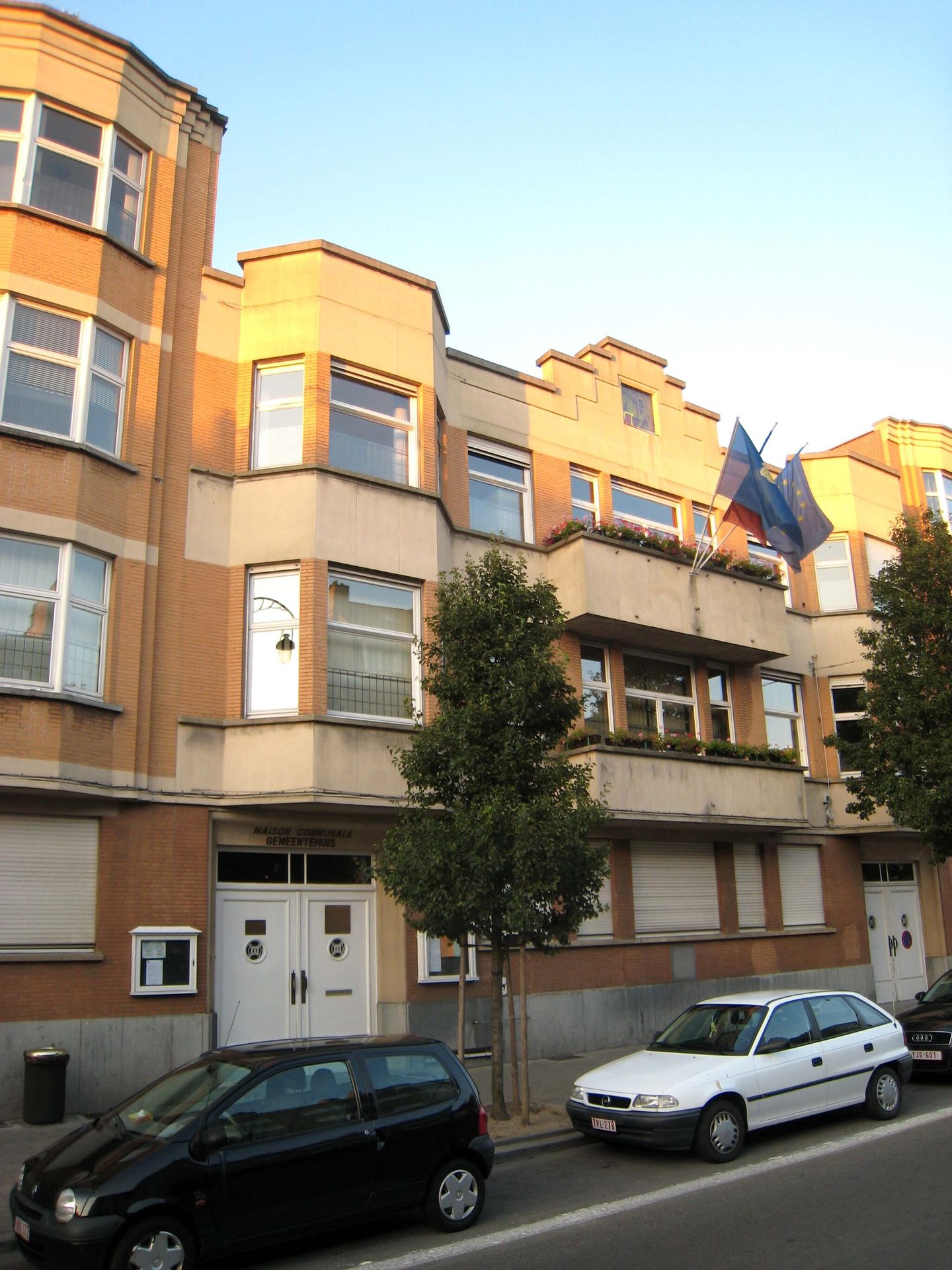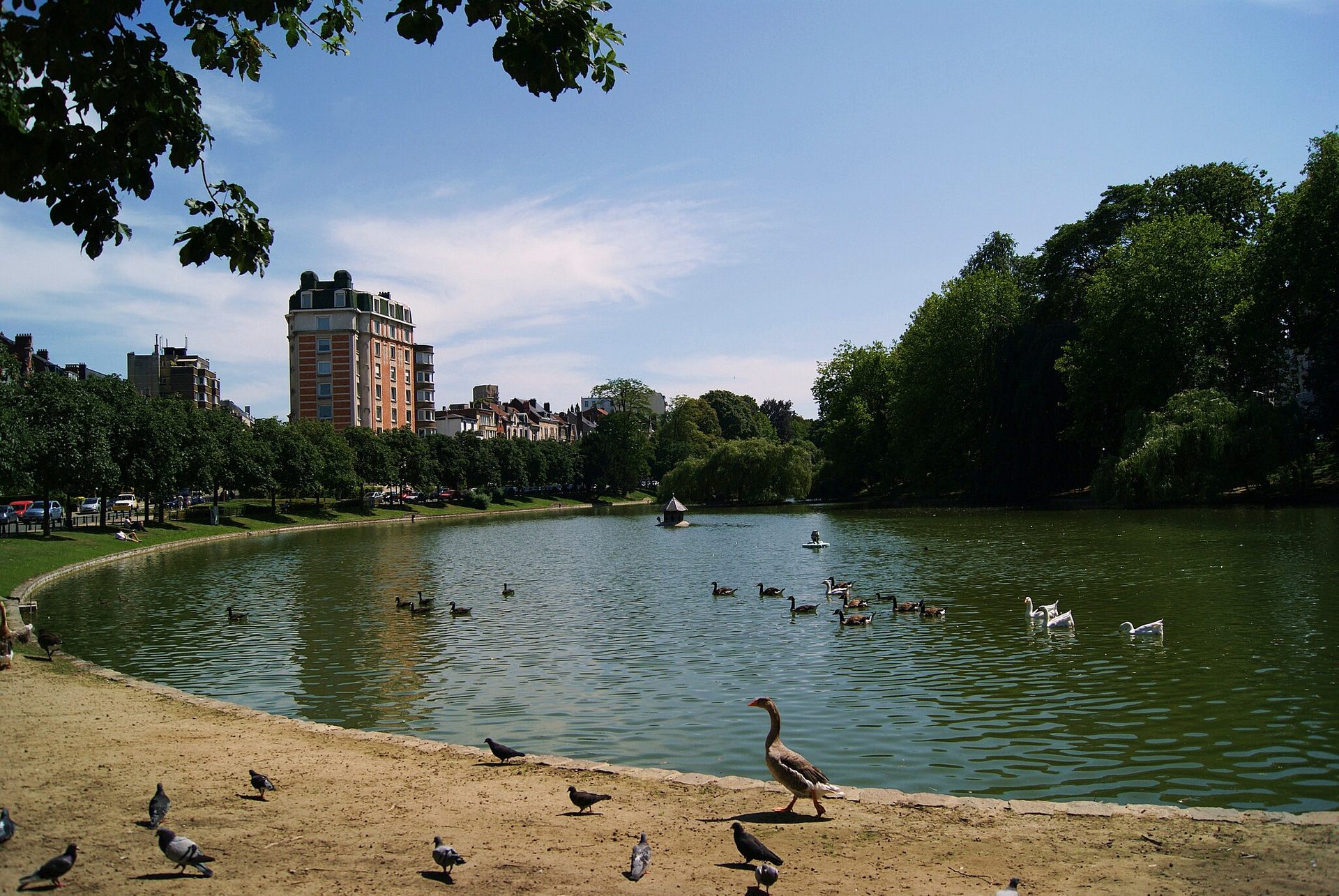It was just over four decades ago that Ganshoren was listed as the third most expensive commune in the Brussels-Capital Region, with Ixelles in 8th place, reports La Libre Belgique. Clearly, today the tables have turned.
According to Statbel, the Belgian statistics office, Ixelles was listed as the first in median prices in the Brussels Region in both 2015 and 2020, whereas Ganshoren was 13th in 2020.
Most people today would assume that Ixelles' proximity to the city centre and the prestigious Avenue Louise, as well as the many trendy restaurants and bars, are some of the driving factors behind today's expensive prices, but these elements were not always as coveted.
In the 1970s, the high ceilings and large windows of Ixelles homes did not hold up well in the face of the 1973 oil crisis and the decreasing number of children per household. People tended to prefer smaller homes with better insulation in neighbourhoods such as Ganshoren, in the northwest of the city.

Ganshoren's municipal hall. Credit: Wikimedia Commons / David Edgar
But by the mid 1980s, preferences began to change again, and Ganshoren would begin its descent down the property price ladder throughout the 1990s. Ganshoren's location between the Brussels Ring Road and the city centre was no longer deemed to be a must.
In 2005, Ixelles' median prices surpassed that of its northern neighbour, whose property prices fell dramatically to 16th, improving slightly to 13th in 2020. Ixelles' rise persevered as the market changed and eventually reached what it is today.
"The success of Ixelles came late in the game," Aymeric Francqui, managing director of the Latour&Petit real estate agency network, told La Libre Belgique.
The French are coming!
Francqui credits the arrival of French expats (of which almost 11,000 live in Ixelles today) for the popularity of the neighbourhood south of Brussels.
French people were attracted by the region's proximity to nature, distinguished avenues, shopping opportunities and large homes as well as those that were divided into smaller apartments. Even today, Ixelles' charm persists through its early 20th-century mansions, its green spaces and bustling restaurants and bars.

Flagey district, Ixelles. Credit: Wikimedia Commons
Expats, however, are less interested in Ganshoren today. "If I get ten requests from expats in a year, that's a big year," real estate agent Patrick Balcaen of Immo Balcaen, who works in Ganshoren, told La Libre Belgique.
He blames Ganshoren's trouble attracting diversified retailers, and the structure of its single-family homes, which are impossible to divide into apartments.
"Which is not to say that the market in Ganshoren is doing badly, far from it," Balcaen added. "We did very well in the first half of this year. Prices are holding up well. Admittedly, buyers are more cautious than before, especially when there's work to be done or if there are town-planning problems, but the signs for the autumn are positive."

